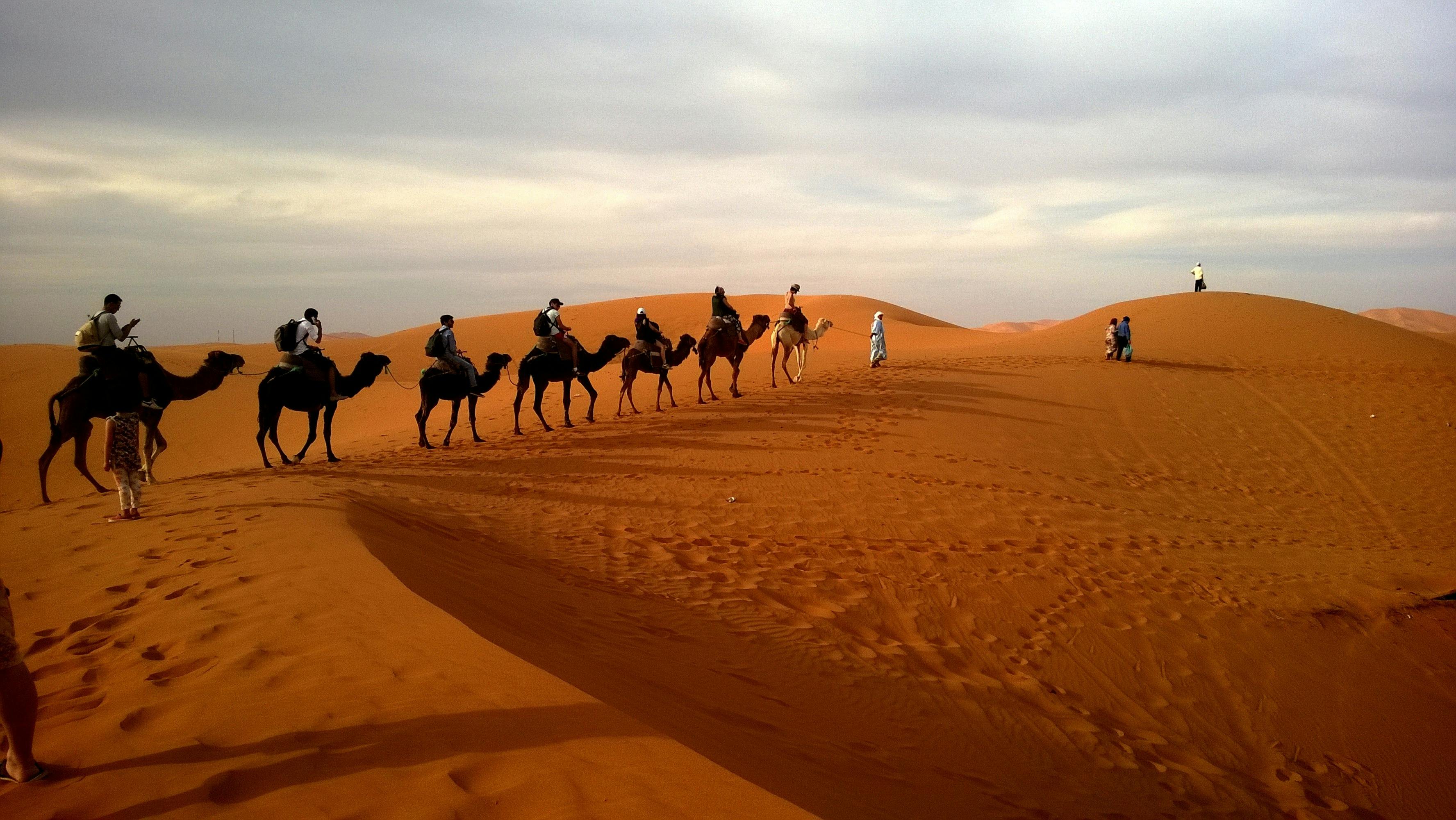Exploring the World Through Olfactory Tourism
The intoxicating aroma of spices wafting through a bustling Moroccan souk, the briny scent of sea air in a coastal village, or the earthy fragrance of a lush rainforest - these olfactory experiences can transport us to another place and time. Olfactory tourism, a niche but growing trend in the travel industry, invites adventurers to explore destinations through their sense of smell, creating unforgettable sensory journeys that go beyond traditional sightseeing.

The Rise of Scent-Based Travel Experiences
In recent years, travel companies and destinations have begun to recognize the potential of olfactory experiences in attracting and engaging visitors. From perfume workshops in Grasse, France, to aromatic coffee tours in Colombia, travelers are seeking out experiences that engage their sense of smell. These olfactory-focused activities offer a unique way to connect with local cultures and create lasting memories.
Destination Highlight: Japan’s Scent Trek
Japan has embraced the concept of olfactory tourism with its “100 Aromatic Landscapes” project. This initiative identifies and promotes locations across the country known for their distinctive scents, such as the soothing aroma of hinoki cypress in ancient forests or the delicate fragrance of cherry blossoms in spring. Visitors can embark on a scent trek, following their noses to discover these aromatic landscapes and immerse themselves in Japan’s olfactory heritage.
The Role of Technology in Olfactory Tourism
Advancements in technology are enhancing the olfactory travel experience. Scent-diffusing devices and augmented reality apps are being developed to allow travelers to capture and recreate the smells of their journeys. Some museums and historical sites are incorporating scent installations to provide a more immersive experience, allowing visitors to smell what life might have been like in different eras.
Challenges and Considerations
While olfactory tourism offers exciting possibilities, it also presents challenges. Scent preferences can be highly subjective and culturally influenced, making it difficult to create universally appealing experiences. Additionally, some travelers may have sensitivities or allergies to certain scents, requiring careful consideration in the development of olfactory-focused attractions.
Aromatic Adventures: Tips for Scent-Savvy Travelers
• Pack a scent journal to document the smells encountered during your travels
• Visit local markets and spice shops to experience a destination’s olfactory palette
• Participate in perfume-making workshops to create a custom scent souvenir
• Explore botanical gardens and natural areas to experience native plant aromas
• Seek out traditional incense ceremonies or aromatherapy experiences
• Consider booking accommodations with signature scents or aromatic amenities
The Future of Sensory Travel
As travelers continue to seek out unique and immersive experiences, olfactory tourism is poised to grow in popularity. This sensory-focused approach to travel offers a fresh perspective on exploring the world, allowing us to create deeper connections with the places we visit and the memories we make. By engaging our sense of smell, we open ourselves up to a richer, more nuanced understanding of the diverse cultures and environments that make up our global community.





